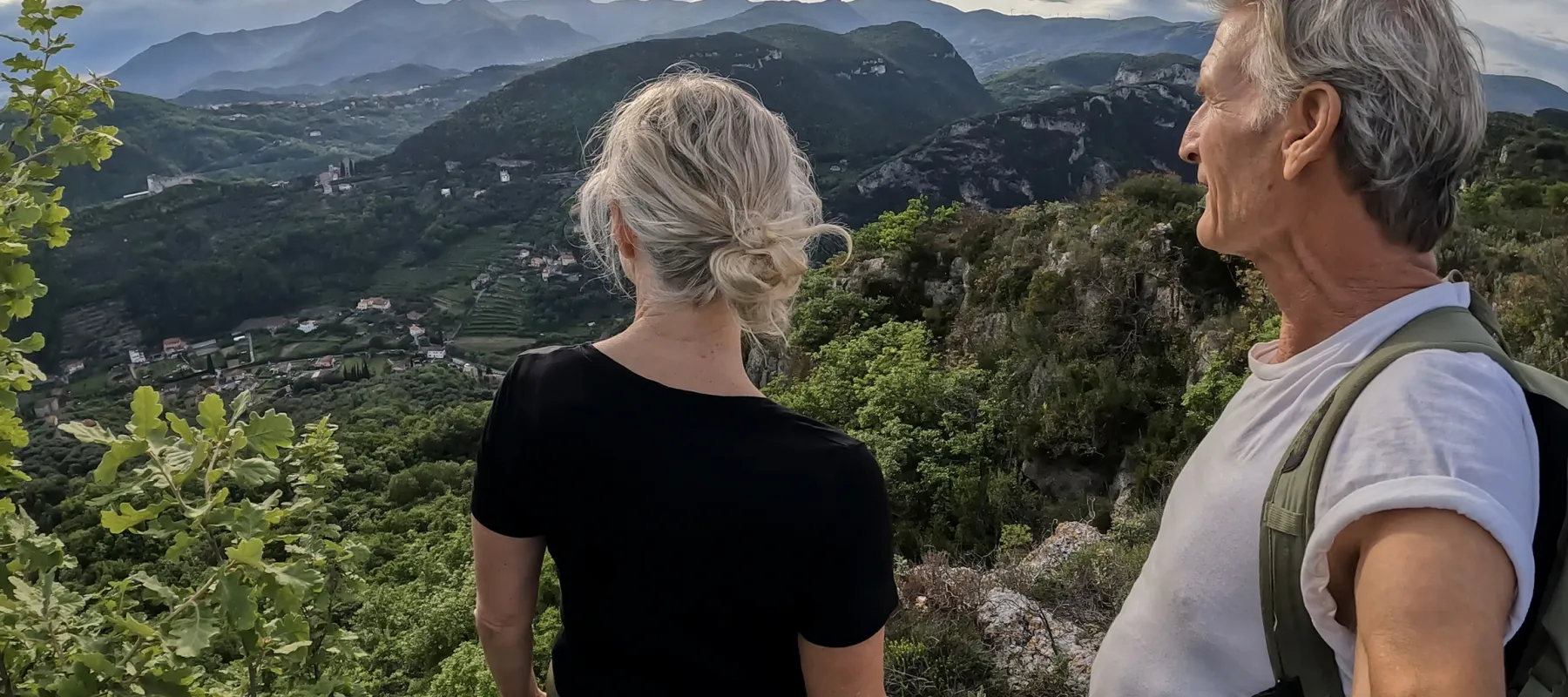
Stay Safe on the Trail: Injury Prevention Tips for Hiking and Outdoor Activities in the Pacific Northwest
Proliance Orthopedic Associates
With its sweeping mountain views, lush forests, and rugged coastline, the Pacific Northwest offers endless opportunities for outdoor adventure. From weekend hikes in the Cascades to kayaking on Lake Washington, it's easy to see why staying active in nature is a way of life here.
But outdoor activities also come with risks—especially for your joints, bones, and soft tissue. At Proliance Orthopedic Associates, we often treat injuries that could have been prevented with the right preparation.
Here's how to stay safe while enjoying the great outdoors:
1. Know Your Limits—and the Terrain
Whether you're tackling a steep summit or a forested day hike, it's important to choose trails that match your current fitness level. Slippery rocks, uneven footing, and sharp elevation changes can increase your risk of ankle sprains, knee injuries, or falls.
Tip: Use trail apps or park websites to preview elevation gain, distance, and surface conditions before you go.
2. Warm Up and Stretch First
Jumping into activity without preparing your muscles can increase the chance of strains and overuse injuries. A few minutes of light cardio (like brisk walking or gentle squats) followed by dynamic stretching helps loosen up your joints and muscles.
3. Invest in Proper Footwear
Supportive, well-fitted hiking boots or trail shoes with good traction can reduce your risk of ankle sprains, blisters, and foot pain—especially on wet or rocky trails common in Washington.
Bonus: Consider using trekking poles to reduce strain on your knees during steep descents.
4. Use Your Core and Legs—Not Just Your Hands
When scrambling over rocks or navigating uneven trails, many people instinctively rely on their hands and wrists. This can lead to overuse injuries or falls. Focus on using your legs and core for stability, and only use your hands when necessary—and carefully.
5. Hydrate and Fuel Properly
Dehydration and low energy can lead to fatigue, which impacts balance and coordination. Pack water, electrolyte-rich drinks, and high-protein snacks to keep your body fueled for the entire duration of your activity.
6. Listen to Your Body
Persistent joint pain, swelling, or tingling during or after outdoor activities isn't something to ignore. Overuse injuries—like stress fractures, tendinitis, and bursitis—are common in hikers and runners who push through discomfort without proper recovery.
7. Don't Go It Alone
Whenever possible, hike or paddle with a partner. Not only does it enhance safety, but it also ensures you have support if you fall, twist an ankle, or become disoriented on the trail.
When to See an Orthopedic Specialist
If you're experiencing pain that lasts more than a few days after an outdoor activity—or if you've had a recent fall, sprain, or strain—it's best to have it evaluated by an orthopedic doctor. At Proliance Orthopedic Associates, our board-certified specialists offer expert care for everything from soft tissue injuries to joint pain and fractures.
Explore with Confidence—We've Got Your Back (and Your Knees, Shoulders, and Ankles Too!)
Enjoying the beauty of the Pacific Northwest should never come at the cost of your health. With a few smart precautions and regular orthopedic care, you can stay on the trail and out of the treatment room.
